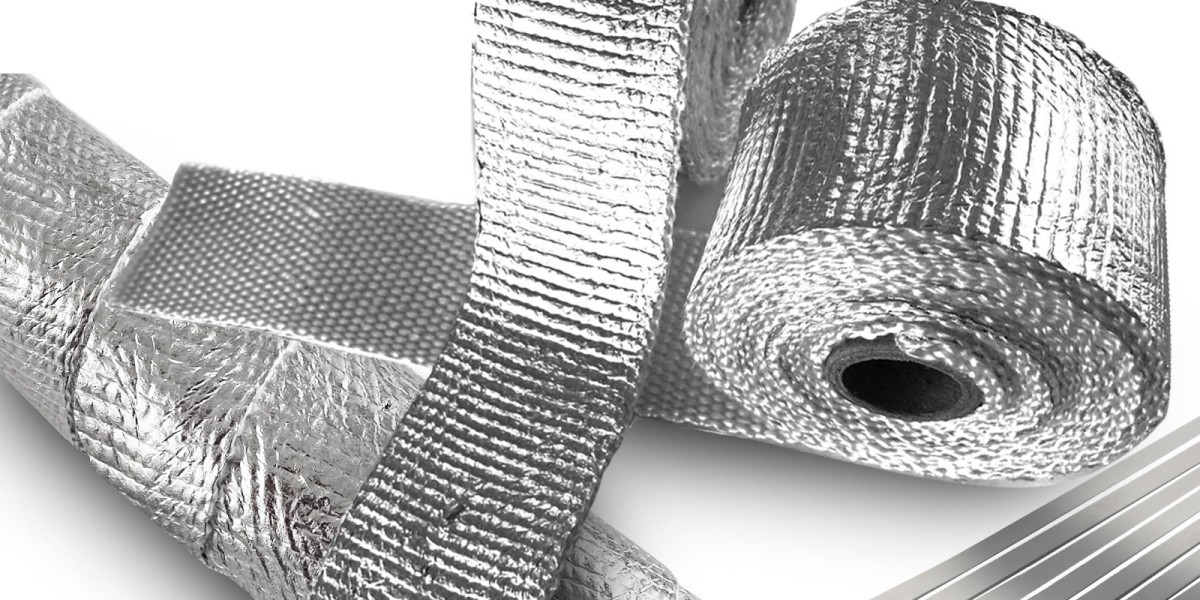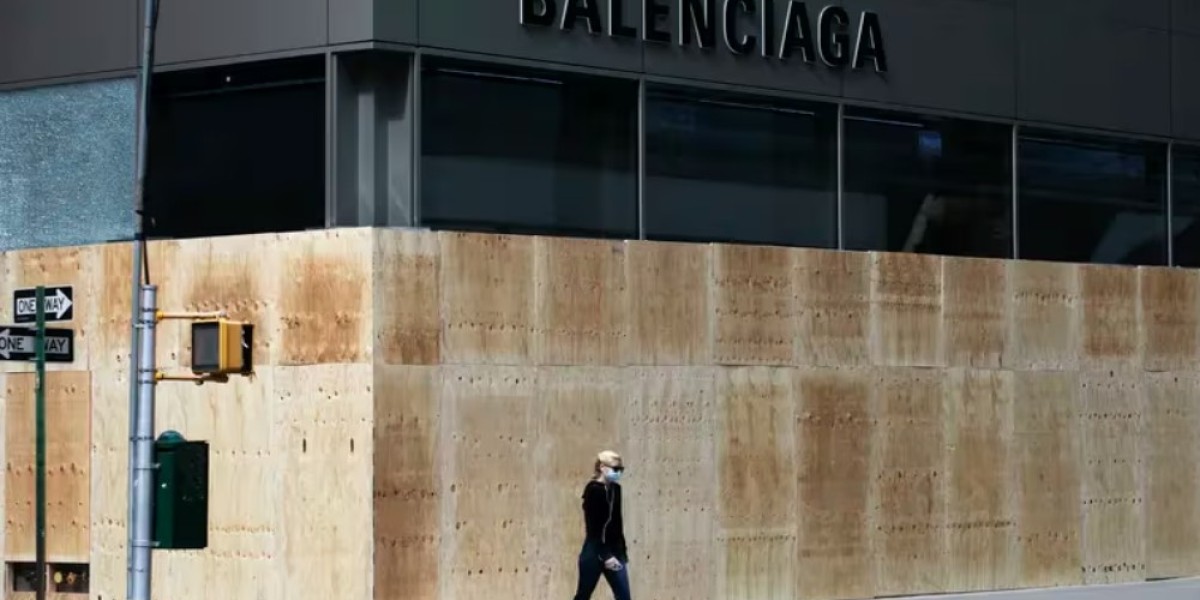When it comes to performance upgrades, many car enthusiasts turn to wraps for exhaust systems. These exhaust heat wraps can enhance performance and protect components, but a common question arises: how long do they actually last? Let’s delve into the factors that influence the lifespan of exhaust wraps, particularly focusing on Kool Wrap heat protection products, which are known for their durability.
Understanding Exhaust Wraps
Exhaust wraps are designed to insulate your exhaust system, keeping heat contained within the pipes. This can improve exhaust flow, enhance performance, and reduce under-hood temperatures. They come in various materials, with fiberglass and titanium being the most common. While they offer numerous benefits, their longevity can depend on several factors.
Lifespan of Exhaust Wraps
- Material Quality: The type of material used in the exhaust heat wrap is crucial. Higher-quality wraps, like those from Kool Wrap Heat Protection, are engineered to withstand extreme temperatures and environmental factors. Generally, you can expect high-quality wraps to last anywhere from 2 to 5 years, depending on your driving conditions.
- Driving Conditions: If you frequently drive in harsh conditions—such as extreme heat, moisture, or corrosive environments—the lifespan of your exhaust wrap may decrease. Off-roading or driving in areas with heavy rain can introduce moisture, which might lead to rusting if the wrap retains water against the pipes.
- Installation: Proper installation plays a significant role in the durability of the exhaust heat wrap. If it’s wrapped too tightly or not secured properly, it can wear out quicker. Following the manufacturer’s installation guidelines is essential for maximizing the lifespan of your wrap for exhaust.
- Maintenance: Regular checks can extend the life of your exhaust wrap. Inspecting for any signs of wear, damage, or moisture retention can help you catch potential issues before they lead to more significant problems. Keeping your exhaust system clean will also contribute to the longevity of the wrap.
- Heat Shield Usage: Using a heat shield in conjunction with your exhaust wrap can provide additional protection. A heat shield can help deflect heat away from sensitive components, reducing the strain on the wrap and increasing its lifespan. Consider integrating a heat shield if you’re concerned about excessive heat exposure.
Signs Your Exhaust Wrap Needs Replacement
Over time, even the best exhaust heat wraps will show signs of wear. Here are a few indicators that it might be time for a replacement:
- Discoloration: If the wrap changes color significantly, it may indicate overheating or damage.
- Cracking or Fraying: Any signs of cracking or fraying mean that the wrap has lost its integrity and should be replaced.
- Moisture Retention: If you notice moisture trapped under the wrap, it could lead to rust. It’s best to remove the wrap, dry the exhaust, and apply a new wrap.
Conclusion
In summary, the lifespan of exhaust wraps can vary widely, typically lasting between 2 to 5 years depending on material quality, driving conditions, installation, and maintenance. Investing in a high-quality exhaust heat wrap, like those offered by Kool Wrap Heat Protection, can significantly enhance your vehicle’s performance while providing the durability you need. Remember to regularly inspect your wrap and consider adding a heat shield for extra protection. With proper care, your exhaust wrap can serve you well, ensuring that you get the most out of your performance upgrade.



